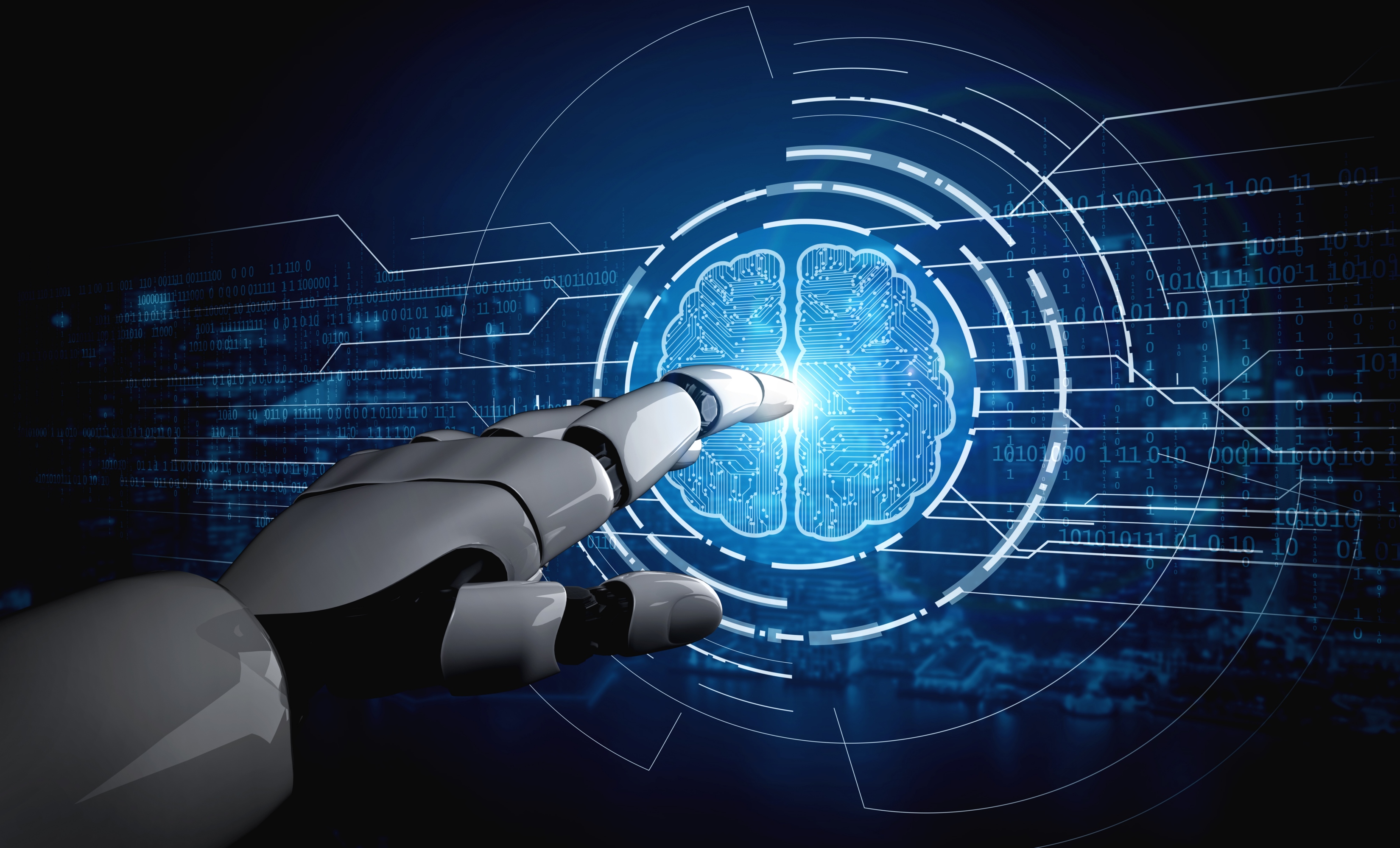 Contact Now
Contact Now
 Contact Now
Contact Now
Menu
Digital Twins: Driving Efficiency & Unlocking Opportunities in the Modern Era
05.06.23 | CSI Technologies
Digital twins have become a ground-breaking idea in today's quickly changing technology environment, delivering a virtual approximation of actual objects or systems. These dynamic models are constantly updated with current data, allowing users to track performance, spot problems, and even forecast results. Digital twins have the potential to transform businesses by streamlining procedures, better decision-making, boosting safety, and encouraging creativity. They have applications in the manufacturing, healthcare, energy, and transportation sectors.
A digital twin is a virtual duplicate or counterpart of a real-world thing or system. It is an intricate and interactive model that accurately captures the traits and actions of its analog in the actual world. By merging data from multiple sources, including sensors, machines, and human input, and by utilizing cutting-edge technologies like artificial intelligence, machine learning, and the Internet of Things (IoT), digital twins are generated.
This virtual representation lets the physical item or system be watched, analyzed, and simulated in real time, giving organizations valuable information about its performance, behavior, and possible problems. Digital twins show a full picture of the physical item or system, including its structure, how it works, and how it works.

1. Growth and Adoption: Digital twins are being used more and more in many different fields. According to a study by MarketsandMarkets, the size of the global digital twin market is expected to reach $63.2 billion by 2026, growing at a compound annual growth rate (CAGR) of 37.8% during the period from 2021 to 2026. This shows that more and more people are starting to realize the value and promise of digital twins.
2. Manufacturing Industry: Digital twins are changing the manufacturing business by making it more efficient and making processes better. In a poll done by PwC, 45% of manufacturing companies said they already use digital twins, and another 28% said they plan to use them soon. These companies are using digital twins to improve product design, speed up production, and cut down on downtime caused by broken equipment.
3. Healthcare Applications: Digital twins are revolutionizing patient care and medical research in the healthcare industry. For instance, digital twins can be used by surgeons to model difficult operations, improving preparation and lowering risks. Digital twins in drug development speed up the search for and evaluation of novel medications and therapies, potentially transforming the practice of customized medicine.
4. Energy and Transportation Advancements: The transportation and energy industries are being transformed by digital twins. Digital twins are being used by utilities to improve energy storage technology, integrate renewable energy sources, and optimize power grid operations. Digital twins are being used in the transportation industry to develop and optimize transportation networks, enhance safety protocols, and lessen traffic congestion.
1. Data Collection and Management: In order to create digital twins, a lot of data must be gathered and managed from multiple sources, such as sensors, machines, and human interaction. It might be difficult to manage this data effectively, especially when it comes from several sources.
2. Modeling and Simulation: For the realization of digital twins, precise modeling and simulation of intricate physical items or systems is essential. It can be difficult and time-consuming to develop these models, especially when working with complex structures.
3. Integration with Other Systems: Another difficulty is integrating digital twins with current systems like manufacturing execution systems (MES) or enterprise resource planning (ERP). It takes considerable planning and coordination to ensure seamless integration, especially when technologies come from various manufacturers.
4. Cost: Depending on the size and complexity of the physical object or system, developing and implementing digital twins might be expensive. Before starting digital twin projects, organizations must weigh the associated costs.

Digital twins are an innovative technology that has the ability to completely change a variety of sectors. Digital twin use has grown significantly recently, according to statistics, and the market is expected to reach $63.2 billion globally by 2026. With 45% of businesses already employing digital twins and another 28% planning to do so soon, the industrial sector is already benefiting from them. Digital twins are here to stay, and adopting this technology will definitely open the door to a disruptive future.
Follow us on Linkedin, don’t miss anything about CSI Technologies!
Keywords: #CSITechnologies #Technology #DigitalTwin #Software #InformationTechnology #Consulting #MoveForward

Now Trending

Generative AI: Transforming Creativity, Customer Service, and Automation

Best Practices and Common Mistakes in Software Development

Why Cloud Migration is Essential for Modern Businesses

Custom Software Development: The Backbone of Growing Businesses
Let's Grow Together
Our mission is fully integrate CSI high-tech solutions into business areas and to reduce business disruptions to zero.
Contact Now